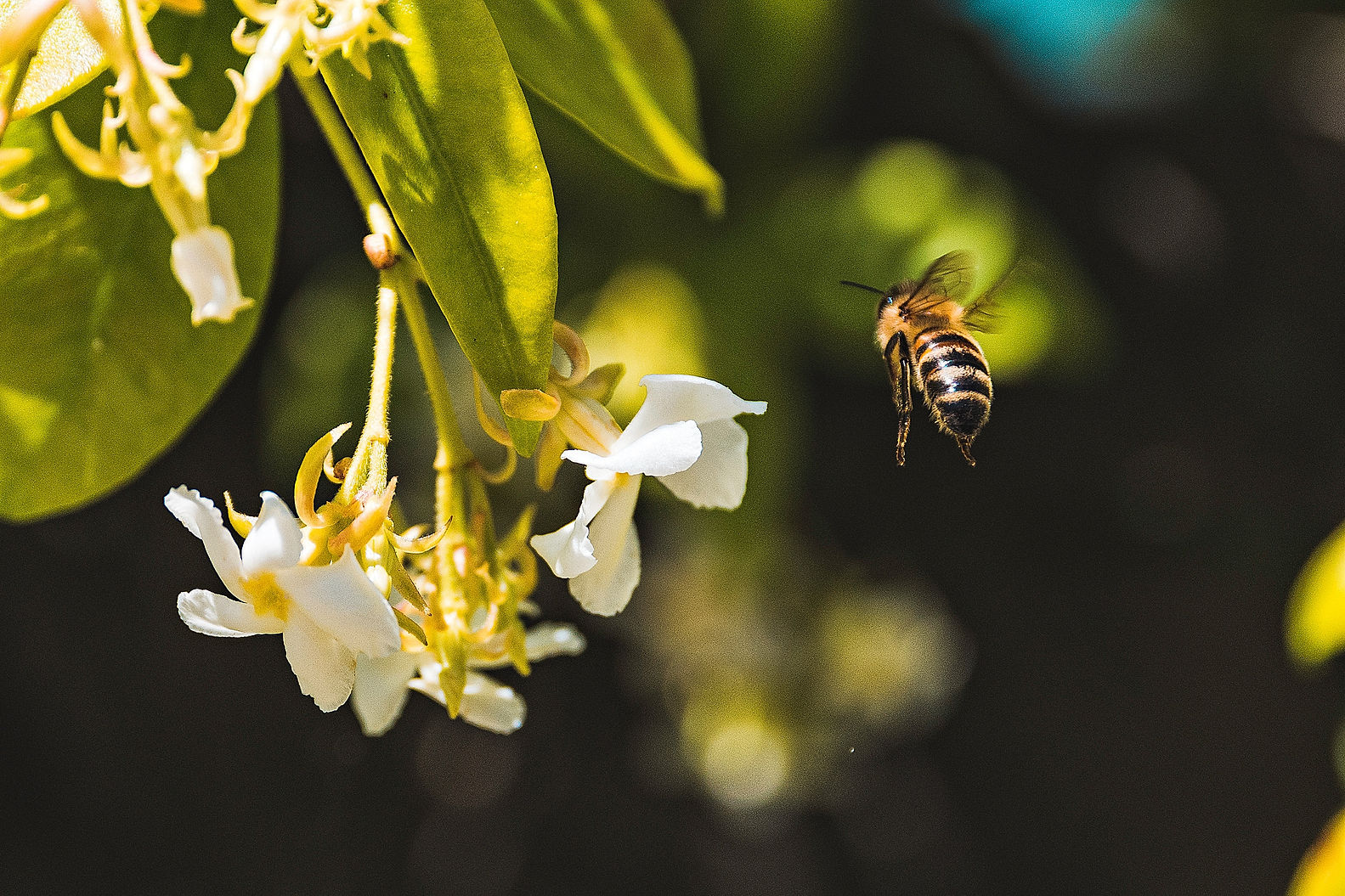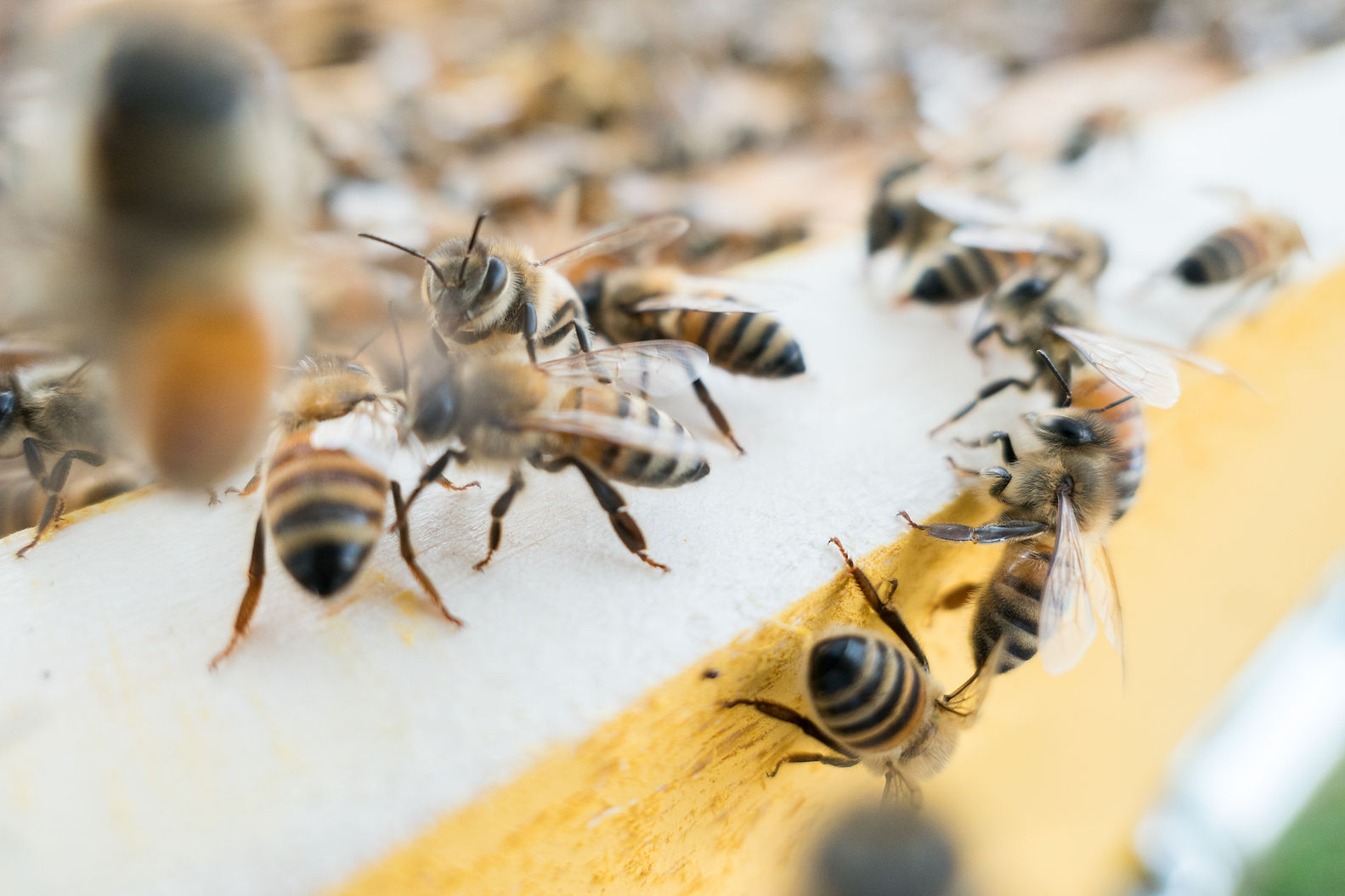
BEE
Bees are not only honey porters but also honey producers. The honey we usually eat is the natural sweetener that the bees collect the nectar of the plant and mix it with its own material (Williams S, King J, Revell Metal.,2014). Simply put, honey is the saliva that the bees themselves have processed. Therefore, the future changes in bees directly limit the future development of the honey industry.

POPULATION OF BEE
The change in the number of bees directly affects the total annual production of honey (Newstrom LE, Robertson A,2005). According to the data, the total number of New Zealand honeybees is on the rise, especially between 2015 and 2017. Combined with the values in Table , the annual total production, price and export volume of New Zealand honey are basically the same as the trend of the number of bees. That is, as the number of bees rises, honey production, prices, and exports are also generally showing an upward trend.
However, the 2017 data is a special case. Although the number of bees has increased, honey production and exports have decreased, and only honey prices are consistent with the rising trend of bee numbers. From the analysis of the overall data, it can still be concluded that the change in the number of bees and the restrictions on the overall honey industry are quite serious.


Bee disease
The health of bees directly affects the amount of honey produced by individual bees, thereby limiting total honey production. Factors that threaten the health of bees include diseases, chemicals such as pesticides, natural disasters, and many other reasons (Goodwin M., Taylor M. ,2007).
In recent years, disease has been one of the most serious factors affecting the health of New Zealand bees, such as Varroa, American Foulbrood Disease (AFB), and Nosema (Zhang ZQ,2001). In 2000, due to the spread of the varroa mite, the feral bee populations began to disappear from the North Island (Ausseil, A. G., Dymond, J. R., & Newstrom, L. ,2018). AFB is one of the most serious bee diseases in New Zealand and is one of only two animal diseases to be reported in New Zealand (Donovan, B. J. ,1980). Since 2015, the proportion of AFB's impact on New Zealand bee colonies has risen for three consecutive years (Newstrom-Lloyd, L. E.,2013).
Whether the future bee disease can reduce the probability or eliminate, it will have certain restrictions on the future development of the honey industry.
FLORAL
Different types of honey are derived from different varieties of floral resources. New Zealand's most famous honey is Manuka honey, and its flowers are also very special(Aizen MA, Harder LD,2009). Therefore, changes in flower resources in the future will directly limit the development of New Zealand's future honey industry. Honey plants are closely related to the natural climate (Adams, C. J. ,2009). Please see 'GLOBAL WARMING’ for details.
Floral Resourse
NZ
Floral Resource

APIARY
Since 2010, the beekeeping industry has become increasingly popular, and the number of registered beekeeping companies and registered beehives has steadily increased by 2017.

Apiary Density
The Manuka honey industry has expanded rapidly, and the over-crowded apiary has also emerged due to the lack of expertise of new beekeepers (Matheson A, Reid M, 2013). The problem of overcrowded apiaries is most prominent in the North Island. More than 10% of the North Shore beekeepers surveyed said that they lost their pollen and nectar sources and caused economic losses due to the high density of apiculture(Neumann P, Carreck NL,2001). Due to the limitation of the density of the apiary, the future development of the honey industry will also be affected.


Data Table
Beekeeping cost
Changes in the cost of beekeeping affect the change in the number of beekeepers, which in turn affects the yield of honey. For example, the rise or fall of fuel prices in the future will directly lead to the cost of transportation; changes in wages and benefits of workers will affect the number of new beekeepers(Brown, P., Newstrom-Lloyd, L. E., Foster, B. J., Badger, P. H., & McLean, J. A. ,2018); the price increase of various accessories or appliances and the cost of entry(Monge, J. J., Daigneault, A. J., Dowling, L. J., Harrison, D. R., Awatere, S., & Ausseil, A. G. ,2018), will affect the future beekeeping industry and directly limit the development of the honey industry.
References
-
Adams, C. J., Manley-Harris, M., & Molan, P. C. (2009). The origin of methylglyoxal in New Zealand manuka (Leptospermum scoparium) honey. Carbohydrate research, 344(8), 1050-1053.
-
Aizen MA, Harder LD (2009). The global stock of domesticated honey bees is growing slower than agricultural demand for pollination. Current Biology 19: 915–918. doi: 10.1016/j.cub.2009.03.071.
-
Ausseil, A. G., Dymond, J. R., & Newstrom, L. (2018). Mapping floral resources for honey bees in New Zealand at the catchment scale. Ecological Applications.
-
Brown, P., Newstrom-Lloyd, L. E., Foster, B. J., Badger, P. H., & McLean, J. A. (2018).
-
Winter 2016 honey bee colony losses in New Zealand. Journal of Apicultural Research, 57(2), 278-291.
-
Clearwater, M. J., Revell, M., Noe, S., & Manley-Harris, M. (2018). Influence of genotype, floral stage, and water stress on floral nectar yield and composition of mānuka (Leptospermum scoparium). Annals of botany, 121(3), 501-512.
-
Cooper P.D., Schaffer W.M. (1985). Temperature regulation of honey bees.
-
Donovan, B. J. (1980). Interactions between native and introduced bees in New Zealand. New Zealand journal of ecology, 104-116.
-
Goodwin M., Taylor M. (2007). Control of Varroa. A guide for New Zealand Beekeepers.
-
Matheson A, Reid M (2013). Practical beekeeping in New Zealand. 4th edn. Auckland, Exisle
-
Monge, J. J., Daigneault, A. J., Dowling, L. J., Harrison, D. R., Awatere, S., & Ausseil, A. G. (2018). Implications of future climatic uncertainty on payments for forest ecosystem services: The case of the East Coast of New Zealand. Ecosystem Services.
-
Neumann P, Carreck NL (2001) Honey bee colony losses. Journal of Apicultural Research, 49:1, 1-6, doi: 10.3896/IBRA.1.49.1.01.
-
Newstrom LE, Robertson A (2005). Progress in understanding pollination systems in New Zealand (Godley Review). New Zealand Journal of Botany 43: 1–59.
-
Newstrom-Lloyd, L. E. (2013). Pollination in New Zealand. Ecosystem services in New Zealand—conditions and trends. Manaaki Whenua Press, Lincoln, 408-431.
-
Williams S, King J, Revell Metal. (2014). Regional, annual, and individual variations in the dihydroxyacetone content of the nectar of manuka (Leptospermum scoparium) in New Zealand. Journal of Agricultural and Food Chemistry 62: 10332–10340.
-
Zhang ZQ (2001). Notes on Varroa destructor (Acari: Varroidae) parasitic on honeybees in New Zealand. Systematic and Applied Acarology Special Publications (1)